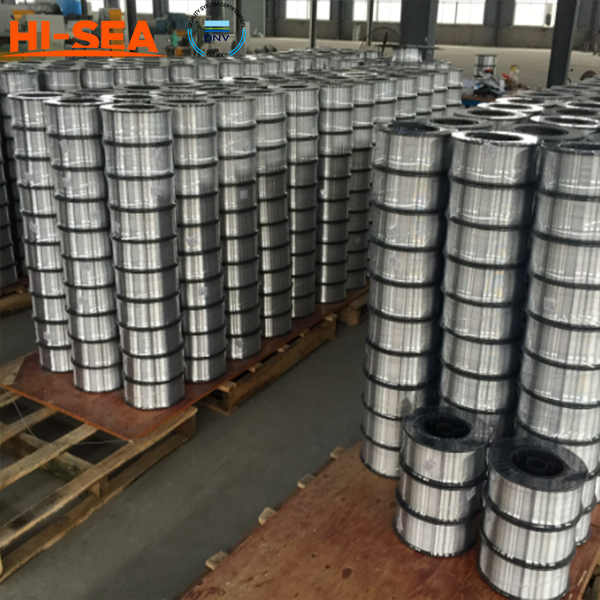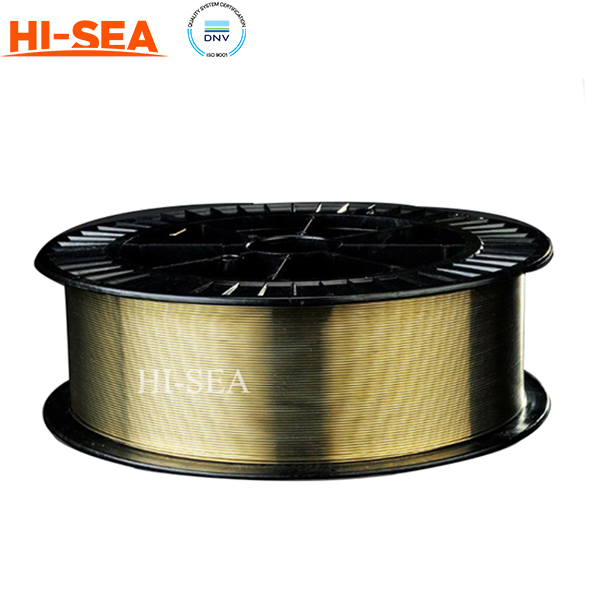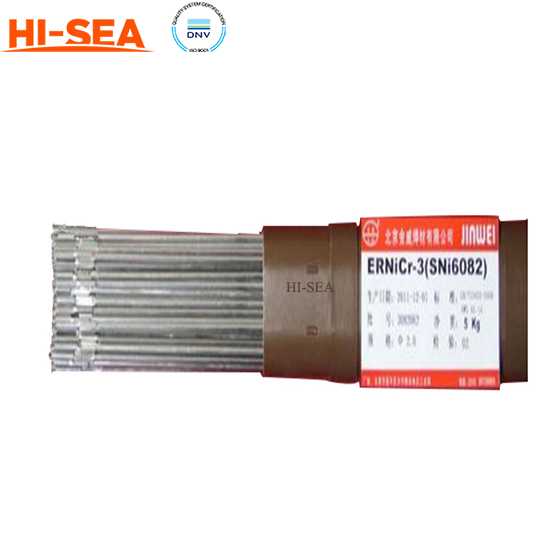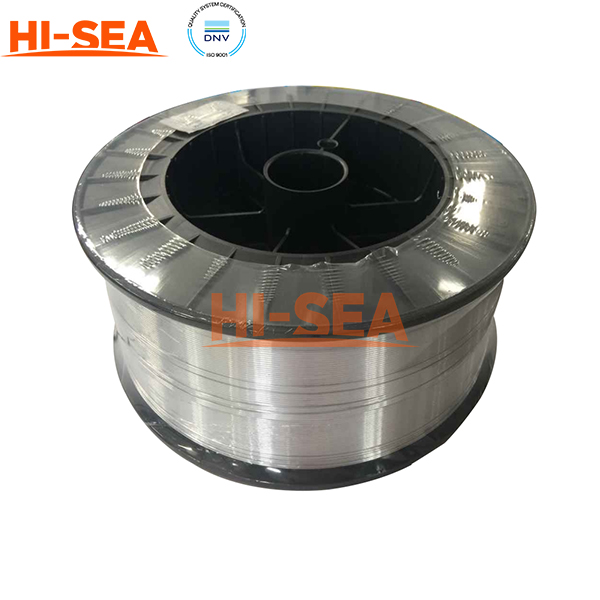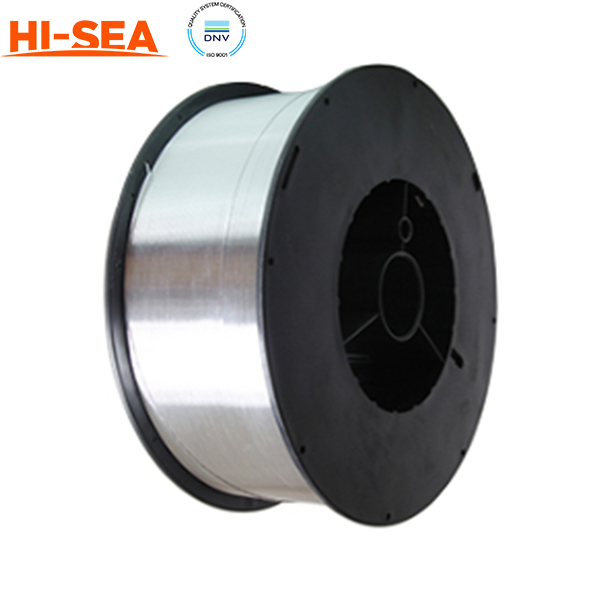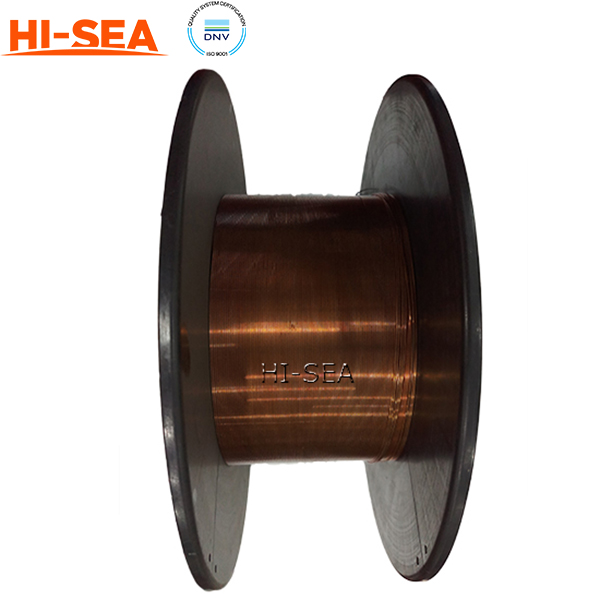MARINE & OFFSHORE EQUIPMENT
- Dredging Equipment
- Marine Deck Machinery
-
Marine Mooring Equipment
-
Marine Anchor
- AC-14 HHP Anchor
- Admiralty Anchor
- Beldt Stockless Anchor
- Bruce Anchor
- Spek Anchor
- Danforth HHP Anchor
- Delta High Holding Power Anchor
- GB11579-89 Light Weight Anchor
- Hall Anchor
- High Holding Power Mastrosov Anchor
- Hot Dip Galvanized Anchor
- Japan Stock Anchor
- JIS Stockless Anchor
- Pool Anchor
- Single Fluke Anchor
- Stainless Steel Anchor
- Stevpris MK5 Anchor
- Stingray Anchor
- US Navy Stockless Anchor
-
Marine Anchor Chain
-
Marine Shackle
- Kenter Shackle
- D Type Joining Shackle
- Pear Shaped Shackle
- Anchor Swivel Shackle Type A
- Anchor Swivel Shackle Type B
- Buoy Shackle Type A
- Buoy Shackle Type B
- C Type Detachable Connecting Link
- D Shackle
- Forelock Shackle
- Anchor Chain Swivel Group
- Straight Shackle
- Anchor Shackle
- Marine Triangle Plate
- Anchor Chain Swivel
- Anchor Chain Joining Shackle
- Anchor Chain End Shackle
- Slim Kenter Shackle
-
Chain Chaser
-
Marine Bollard
-
Marine Chock
-
Marine Fairlead
-
Marine Chain Stopper
-
Marine Mooring Reel
-
Marine Towing Bracket
-
Mooring Rope
-
Marine Towing Hook
-
Marine Shark Jaw
- Marine Fender
-
Marine Buoy
- Marine Floating Pontoon Dock
-
Marine Anchor
- Aquaculture Equipment
- Marine Outfitting Equipment
- Marine Propulsion System
-
Marine Painting
-
Marine Auxiliary Machinery
- Marine Air Compressor
- Marine Air Receiver
- Marine Sewage Treatment Plant
-
Marine Diesel Generator Set
- Marine Oil Water Separator
- Ballast Water Management System
- Marine Hydrophore
- Marine Calorifier
- Seawater Desalination Plant
-
Marine Oil Separator
- Marine Fuel Oil Supply Unit
- Marine Heat Exchanger
-
Marine Hot Well Unit
-
Marine Incinerator
-
Marine Boiler
-
Marine Valve
- JIS Marine Valve
- DIN Marine Valve
- ANSI Marine Valve
- GB Marine Valve
- CB Marine Valve
- CBM Marine Valve
-
Marine Gate Valve
-
Marine Globe Valve
-
Marine Angle Globe Valve
-
Marine SDNR Valve
-
Marine Angle SDNR Valve
-
Marine Check Valve
-
Marine Storm Valve
-
Marine Butterfly Valve
-
Marine Quick Closing Valve
-
Marine Fire Valve
-
Marine Self Closing Valve
- Marine Valve Accessories
-
Marine Pump
- Marine Centrifugal Pump
- Marine Screw Pump
-
Marine Gear Pump
-
Marine Vortex Pump
-
Marine Ejector Pump
-
Marine Diaphragm Pump
-
Marine Piston Pump
-
Marine Fire Pump
-
Marine Emergency Fire Pump
-
Marine External Fire Pump
-
Marine Ballast Water Pump
-
Marine Fuel Pump
-
Marine Lubricating Oil Pump
-
Marine Bilge Pump
-
Marine Sewage Pump
-
Marine Domestic Water Pump
-
Marine General Pump
-
Marine Cargo Oil Pump
-
Marine Hand Pump
- Marine Pump Parts
- Marine Life-saving Equipment
- Fire-fighting Equipment
- Marine Cable
- Marine Electrical Equipment
- Marine HVAC
-
Labour Protection Appliance
- Marine Decorative Material
-
Marine Anode
- Marine Pipe Fitting & Flange
- Marine Instrument
- Ship Building Equipment
INDUSTRY EQUIPMENT
- Hoisting Equipment
- Welding Machine & Material
-
Cutting Machine
- Container Securing Fitting
- Link Chain
- Container & Storage Equipment
-
Diesel Generator Set
- Other Equipment and Tools
- Petrochemical Equipment
- Fiber Reinforced Plastics
- Polymer Materials
- Environmental Protection Series
- Geo-products and Building Materials
- Metal Mesh
- Steel Grating
-
Earthwork Teeth
-
Turnbuckle
STOCK LIST
Contacts
 Tel:+86-23-67956606
Tel:+86-23-67956606
 FAX:+86-23-67956622
FAX:+86-23-67956622
 Email:manager@cqhisea.com
Email:manager@cqhisea.com
Working Time: 9:00--17:00
Working Day: Monday to Friday Website: www.cqhisea.com

Marine Aluminum Welding Wire
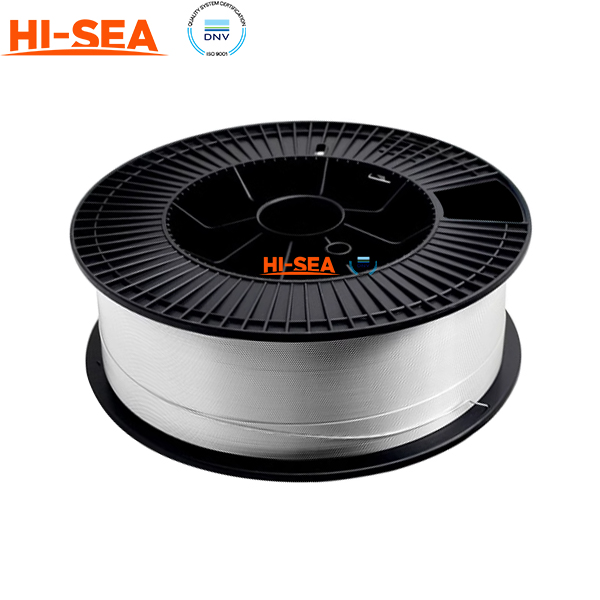
Marine Aluminum Welding Wire
Introduction:
Marine aluminum welding wire refers to a specific type of aluminum welding filler material used for joining aluminum components and structures in marine applications. Aluminum is commonly used in the marine industry due to its lightweight nature, corrosion resistance, and durability. Welding aluminum for marine applications requires specialized techniques and materials to ensure the integrity of the welded joints, especially in the harsh marine environment.
Precautions for Marine Aluminum Welding Wire:
Corrosion Resistance: Aluminum alloys used in marine environments must exhibit excellent corrosion resistance to withstand the exposure to saltwater and other corrosive elements. Specific aluminum alloy series such as the ER5183 and ER5356 are often preferred for marine applications due to their good corrosion resistance and mechanical properties.
Alloy Compatibility: The choice of welding wire should match the alloy of the base metal being welded. Aluminum alloys have varying compositions, and using a welding wire with a similar alloy composition helps achieve compatible and strong welds.
Welding Process: Gas Metal Arc Welding (GMAW/MIG) and Gas Tungsten Arc Welding (GTAW/TIG) are common processes used for marine aluminum welding. The process choice depends on factors such as the joint design, material thickness, and the desired level of weld quality.
Shielding Gas: The choice of shielding gas is crucial to ensure a clean and protected weld puddle. For marine aluminum welding, pure argon or a mix of argon and helium is commonly used as the shielding gas to prevent contamination and achieve good weld bead profiles.
Surface Preparation: Proper cleaning and surface preparation are essential in marine applications due to the potential for contamination from saltwater and other environmental factors. Thoroughly clean the base metal surfaces to remove any dirt, grease, or oxidation before welding.
Welding Technique: Marine aluminum welding requires careful attention to welding techniques to ensure proper fusion and minimize distortion. The high thermal conductivity of aluminum can lead to faster heat dissipation, requiring adjustments in travel speed and heat input.
Quality Control: Regular inspection of the welds is important to ensure that they meet the required standards. Visual inspection, dye penetrant testing, and other non-destructive testing methods can be employed to assess weld quality.
Post-Weld Treatment: Some marine aluminum applications may benefit from post-weld treatments such as heat treatment or mechanical working to enhance the mechanical properties and stress-relieve the welded joints.
Selection of Wire Diameter: Choose the appropriate wire diameter based on the material thickness and the welding process being used. Thicker materials may require larger diameter wires to ensure proper weld penetration.
Environmental Considerations: Keep in mind that marine environments expose aluminum welds to challenging conditions including saltwater, temperature variations, and mechanical stresses. The right alloy choice, proper welding techniques, and potential protective coatings can help extend the lifespan of welded structures.
Product Showing:
